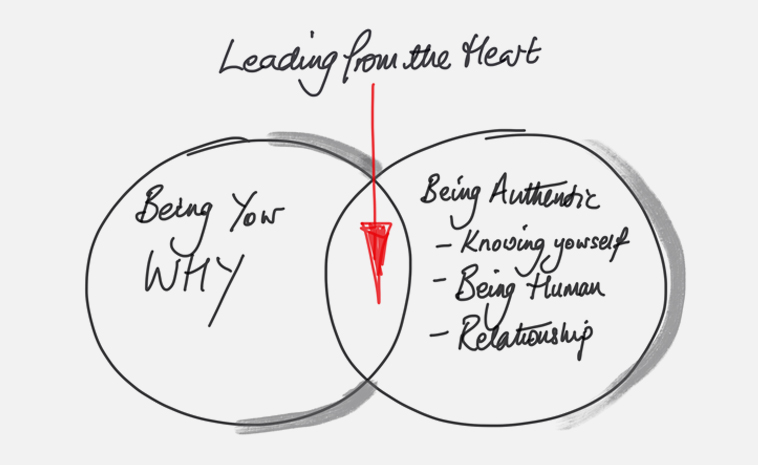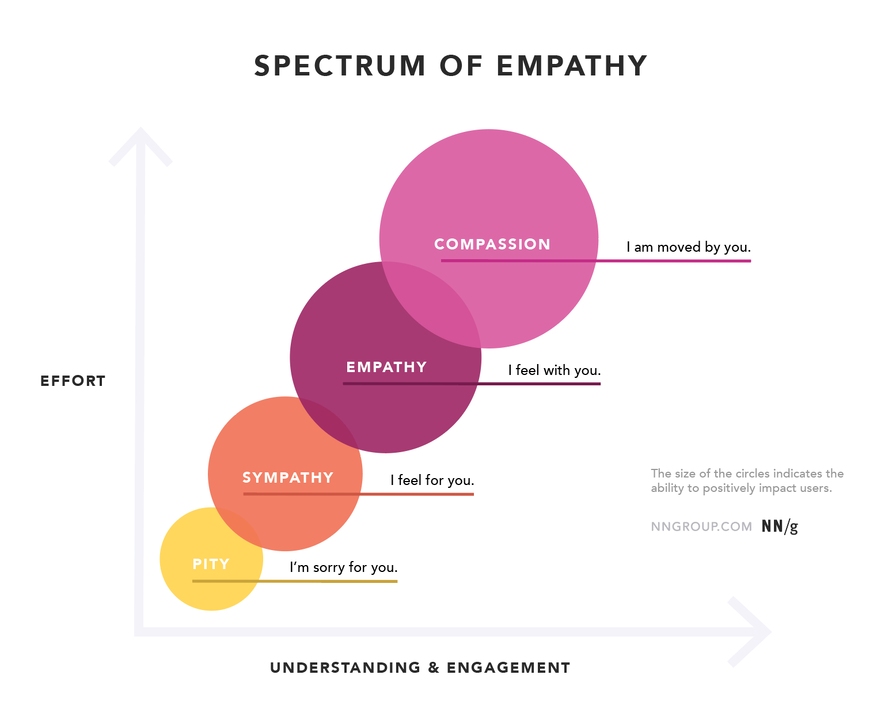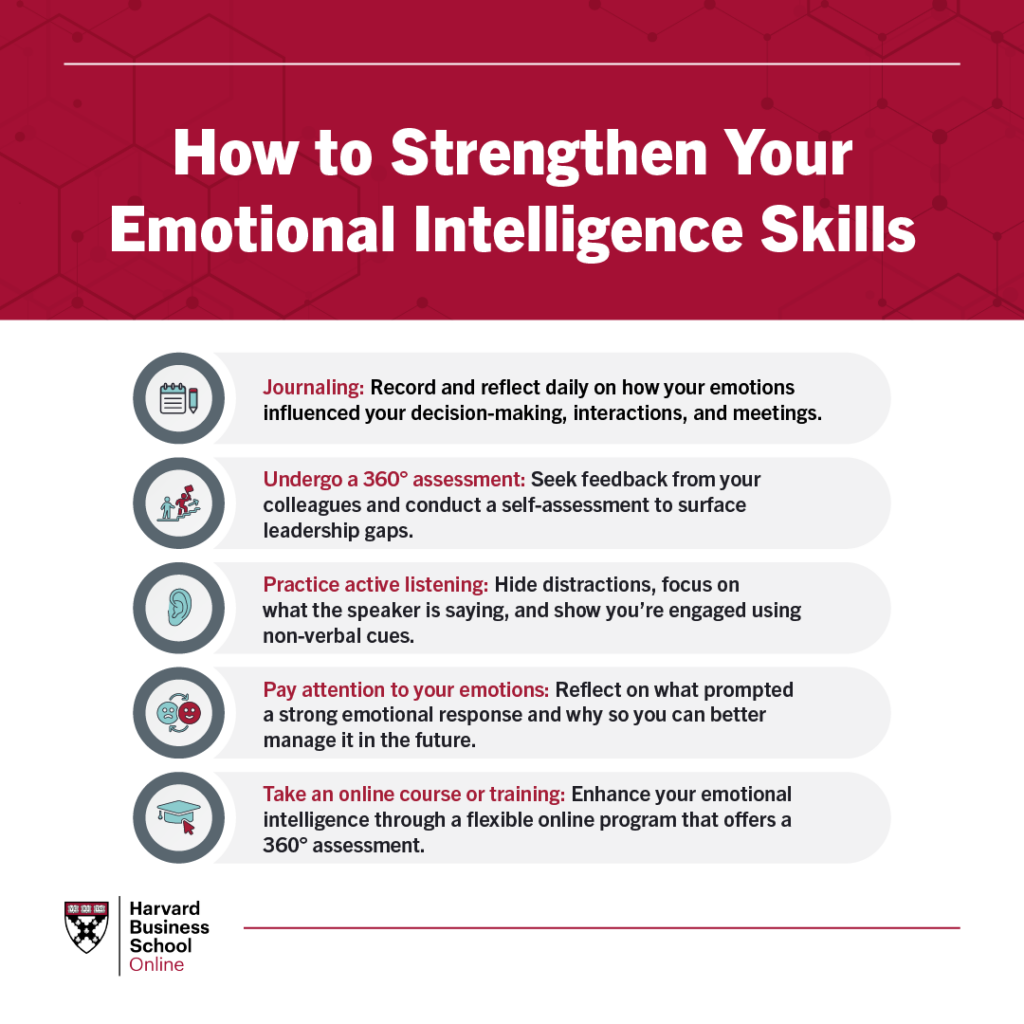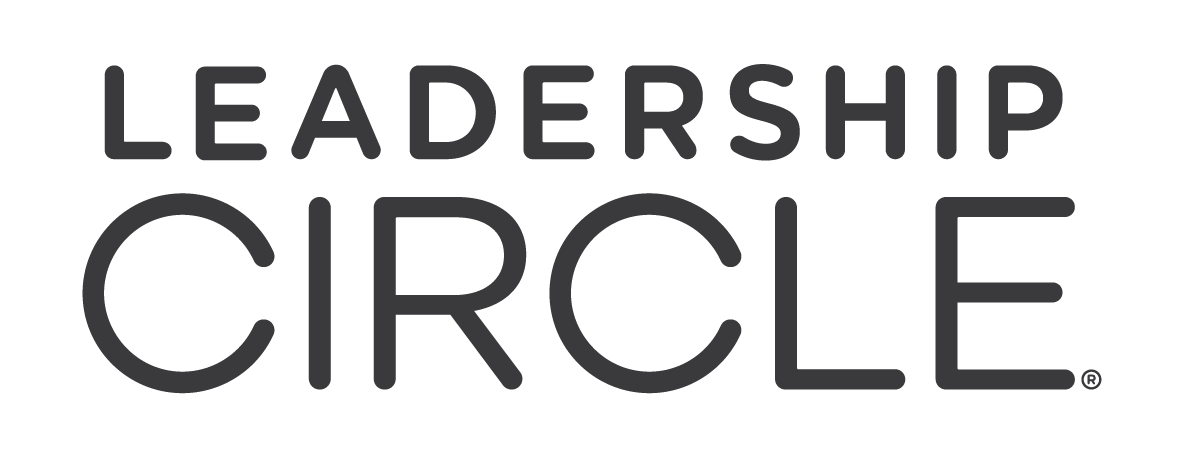Leadership is no longer just about wielding authority or amassing a head full of technical knowledge. Today’s leaders are increasingly being called upon to lead with emotional intelligence, compassion, and a healthy dose of courage. This is especially true for fostering creativity, where psychological safety and purpose-driven actions are key to unlocking the best ideas.
But what does it actually mean to “lead with heart”? And how can balancing empathy with courage not only transform team dynamics but also fuel unparalleled creative potential?
If you’re striving to elevate your leadership style while fostering creativity and cohesion, this guide is for you. We’ll cover why emotional intelligence is essential, how to strike a balance between compassion and tough decision-making, and actionable tactics to lead with emotionally intelligent courage.
 Image Source: Whirling Chief
Image Source: Whirling Chief
The Risks of Leading with Heart Alone
Leading with empathy is celebrated as a strength—after all, who doesn’t appreciate a manager who listens, considers others’ feelings, and seeks to build consensus? But an excessive focus on compassion without courageous decision-making can create issues.
Over-Empathizing Can Lead to Burnout and Paralysis
Leaders who overly prioritize others’ comfort often avoid the tough conversations and decisions necessary for growth. This can lead to decision paralysis, people-pleasing, and a lack of accountability among team members. Emotional exhaustion isn’t far behind for leaders who take on the burdens of their teams without setting clear boundaries.
Avoiding Hard Conversations Hampers Progress
Have you ever witnessed a manager who hesitates to confront underperforming employees for fear of “rocking the boat”? While their intentions may be noble, the avoidance of accountability creates undercurrents of resentment in teams and keeps organizations from reaching their full potential.
Balancing Accountability with Empathy
Michael Hyatt emphasizes that true leadership entails accepting full responsibility for both successes and failures, without shifting blame onto others or external circumstances. He illustrates this through an example from his tenure as CEO of Thomas Nelson, where a division leader transparently acknowledged missteps and outlined corrective actions. Hyatt underscores that leaders should actively influence outcomes by owning their decisions and learning from mistakes, thereby fostering a culture of accountability within their organizations.

The Courage-Compassion Spectrum
Striking the right balance as a leader means operating somewhere between high courage and high compassion. Leadership isn’t about being one or the other; it’s an art of knowing when to lean into strength and when to dial up empathy.
How Courageous, Heart-Centered Leadership Sparks Creativity
Creativity flourishes in environments where people feel safe yet challenged. Employees need leaders who foster curiosity by asking bold questions, empower experimentation without fear of failure, and create space for diverse ideas.
Mental Well-Being Meets Constructive Tension
Studies repeatedly show that creativity thrives when team members feel secure enough to share their ideas without fear of judgment. However, leaders must be unafraid to challenge their teams with ambitious goals or difficult conversations when stagnation risks setting in.
Encouraging Risk-Taking Without Fear
Risk-taking directly correlates to innovation. Leaders who openly share failures as learning opportunities set a tone of trust and openness. This enables employees to stretch their thinking while being assured that missteps won’t result in punishment, but growth.
The Emotionally Intelligent Courage Playbook
Curious how to embody heart-driven decision-making while maintaining authority? Here are four strategies to cultivate emotionally intelligent courage within your leadership style.
- Create Space for Hard Conversations: Don’t shy away from addressing tough topics but do so with empathy. Acknowledge the emotions behind situations rather than avoiding them. For example, framing a performance review with, “I value your work and want to support you in achieving your potential,” builds trust before relaying constructive feedback.
- Lead with Vulnerability AND Strength: Being honest about what you don’t know or where you might need help doesn’t weaken you—it humanizes you. Show strength in declaring uncertainty while inviting your teams to contribute their expertise to the solution.
- Set Boundaries Without Losing Connection: Empathy doesn’t mean saying “yes” to everything. Leaders who set clear expectations and boundaries not only protect their own bandwidth but also model sustainable behavior for their teams.
- Encourage Radical Ownership: Shift focus from micromanagement to empowerment. Foster accountability by giving team members the autonomy to own projects while staying available for strategic guidance.

Cultivating Courageous Leaders
The future of leadership requires a blend of head and heart, where strength meets emotional intelligence. It’s not about choosing between courage and compassion—it’s about actively balancing both to create environments where people thrive professionally and personally.
Ask yourself today, how can you strengthen both your courage and your capacity for empathy to better lead your team? With practice and intention, you can unlock the potential within yourself and tap into the creativity brimming in your organization.
At Leadership Circle, we are committed to fostering environments where heart and emotional intelligence is embraced. Our products are designed to support leaders in this journey. Whether it’s through our Leadership Circle Profile Certification, which provides deep insights into leadership strengths and development opportunities, or our Collective Leadership Assessment, which delivers a powerful litmus test for organizational leadership, Leadership Circle is here to empower you.
Contact us today for your first consultation. Let’s lead with heart, inspire with courage, and achieve greatness together.






I really appreciate how this post highlights the link between emotional intelligence and creativity—it’s something that often gets overlooked in more traditional leadership models. Leading with heart doesn’t mean avoiding tough calls, but rather creating an environment where people feel safe enough to take creative risks. That balance of courage and compassion is where real innovation happens.